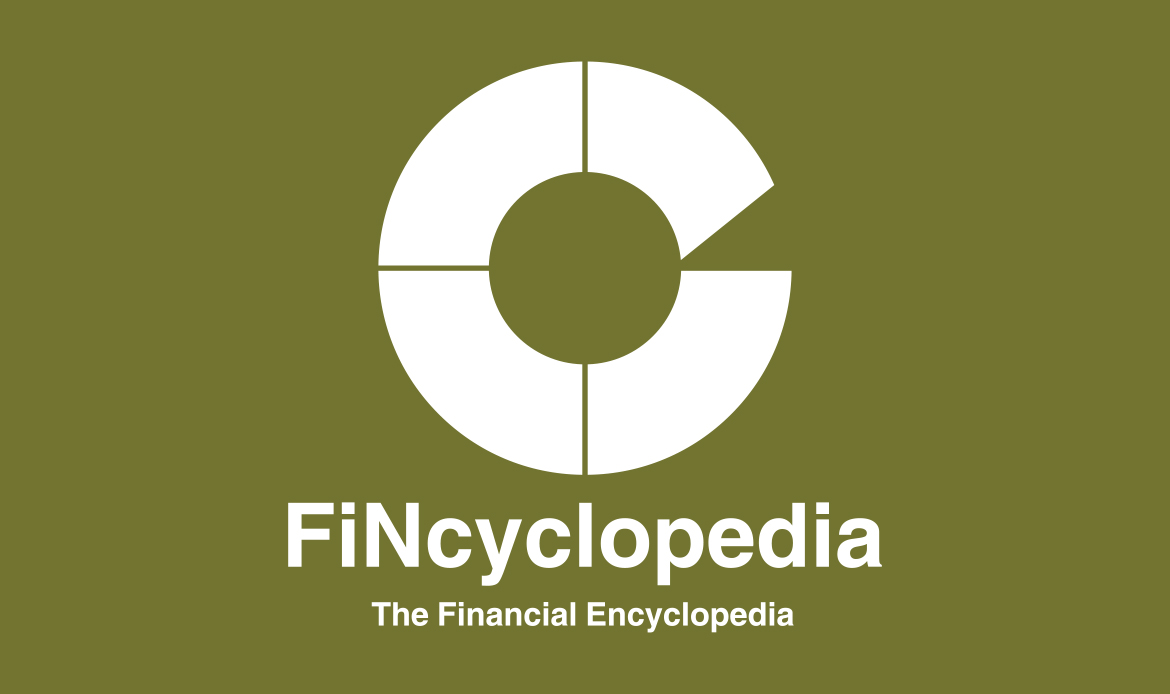A hybrid product is a financial product that combines two products or more, or that combines a specific number of products with add-on features that change its risk-return profile. In other words, a hybrid product has the combined features of multiple distinct components such as equity, debt, derivative, insurance (protection), etc. A structured note is a hybrid financial product that combines a bond (or a note) with a derivative involving a specific underlying benchmark.
Other examples of hybrid products include convertibles, participating bonds, credit cards, exchange-traded funds (ETFs), fixed index annuity, investment-linked plans, basket products (performance baskets), investment-linked plans (ILPs), etc.
- A convertible is a hybrid product/ instrument (part debt and part equity) that gives the holder the right, but not the obligation, to exchange his bond and forfeit future interest payments and redemption of principal usually at any time (i.e., American-style exercise) in return for a preset number of shares. The number of shares receivable per bond is referred to as the conversion ratio. Although no cash flow is exchanged when a convertible bond is converted into stock, the effective price at which the holder can purchase shares (the conversion price) is equal to the par value of the bond divided by the conversion ratio. Convertibles have fixed- income streams like bonds, but have the potential to appreciate with the underlying equity because of embedded convertibility into common equity.
- A participating bond is also a hybrid product that combines elements of debt and equity (capital) in the same structure.
- A credit card represents a hybrid product that generates interest rate payments as well as fee revenues directly or indirectly through transaction processing.
- A fixed index annuity (FIA) is a hybrid financial product that, in contrast with traditional fixed annuities, its rate of return (for the holder) is not based upon a guaranteed interest rate. The insurance company (issuer of the annuity) pays the holder a return that is based on the performance of a securities index. Depending on the performance of the securities index, the return on a fixed index annuity deviates from an otherwise guaranteed rate of return.
- A basket product (a performance basket) is a diversification product that derives its the performance from two markets/ asset classes/ issuances or more.
- An investment-linked plan (ILP) is a hybrid financial product that, in addition to life insurance, provides its holder with an opportunity to receive an amount of return on the amount invested (wealth accumulation).







